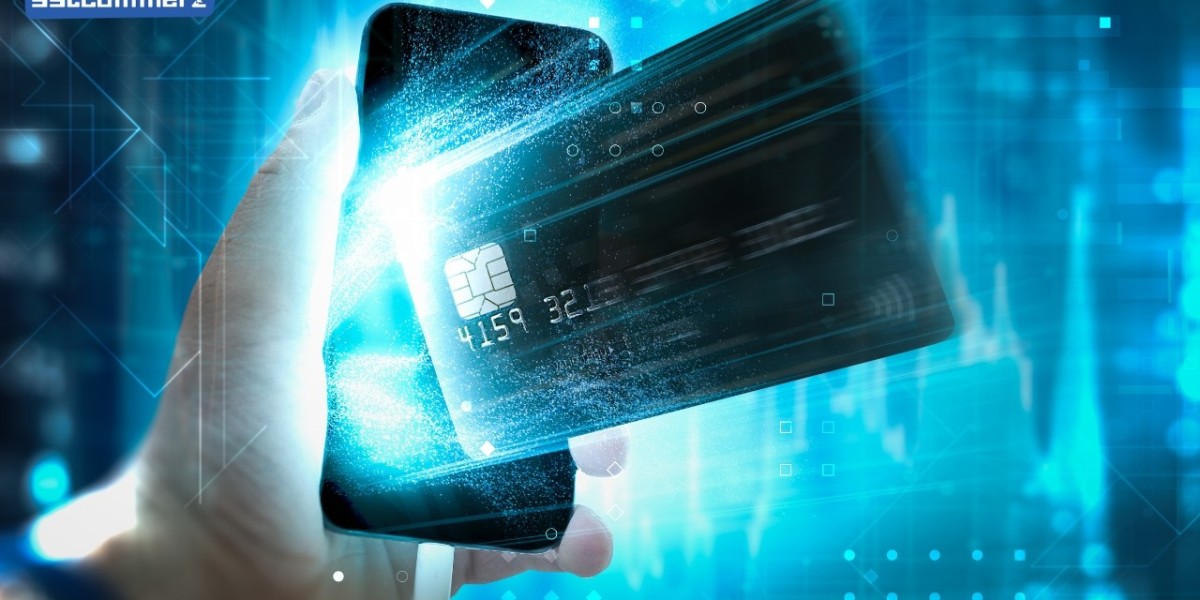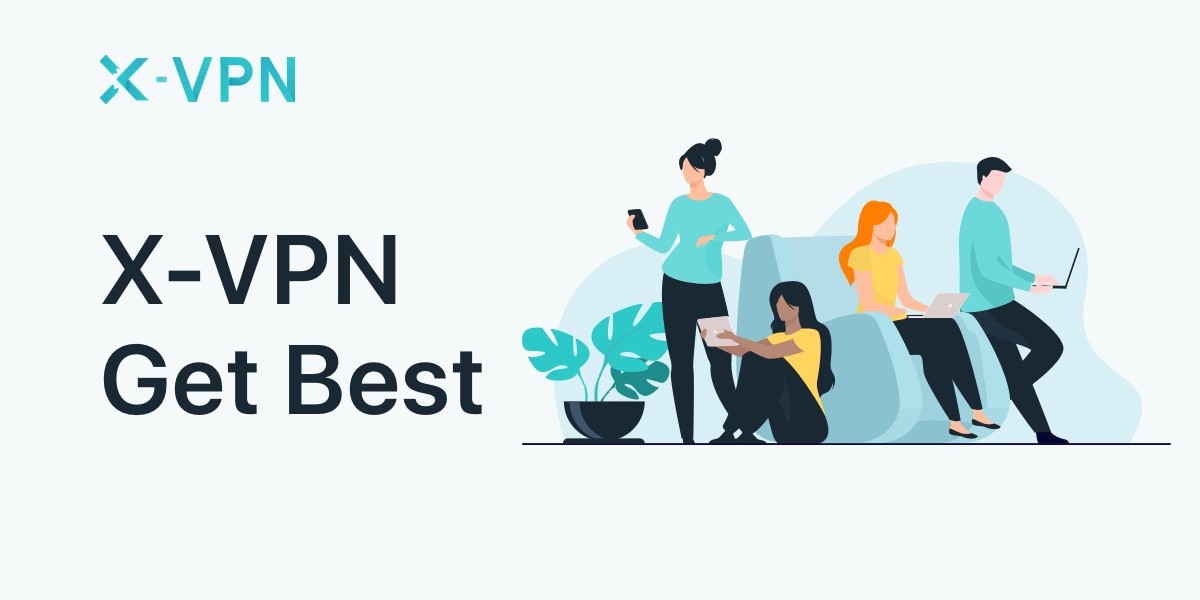Current status of payment gateways
Most businesses require merchant services known as payment gateway to process electronic payments, especially on a large scale. Their payments must be processed privately and securely, often in multiple currencies, credit cards must be activated, refunds issued and coupons redeemed, all in accordance with local regulations.
A few build their own payment gateways, but due to the complexity and cost of doing so, most opt for a trusted third party such as PayPal to provide them.
Traditional payment gateways are built on legacy systems, such as America's forty-year-old Automated Clearing House (ACH) network, and are controlled by monopoly companies with little incentive to innovate or lower prices. A typical payment gateway adds a few percentage points to the price of each transaction and can take several business days to process.
Peer-to-Peer payments
A payment gateway that uses a decentralized peer-to-peer payment system would not have to rely on such legacy infrastructure, which could lead to faster and less expensive payment processing. By avoiding middlemen and third parties, blockchain-based payment gateway transactions will be safer and easier to use than their legacy-based equivalents.
Payment systems based on cryptocurrencies and potentially tokens must be at least ten times better than current solutions for users to seriously consider them.
It is a huge challenge, but we are slowly getting there.
Users aren't the only group that could benefit hugely from a disruption in payment services. The potential of blockchain-based payment systems to improve merchant services is equally remarkable not only in replacing traditional payment gateways by providing cheaper, safer and faster services, but also in the ability to grow the global market. In many countries, eCommerce remains a small fraction of retail, in part because the slow development and costs of traditional payment gateways prevent wider adoption.
Just lowering the price could make eCommerce more attractive for smaller transactions, significantly increasing demand and opening the door for mass adoption of mobile payment systems. Banking the unbanked, which means leveraging economies created by blockchain-based payment systems to provide the developing world with access to banking and microloans, could actually become a reality thanks to the ever-improving global blockchain infrastructure and services.







